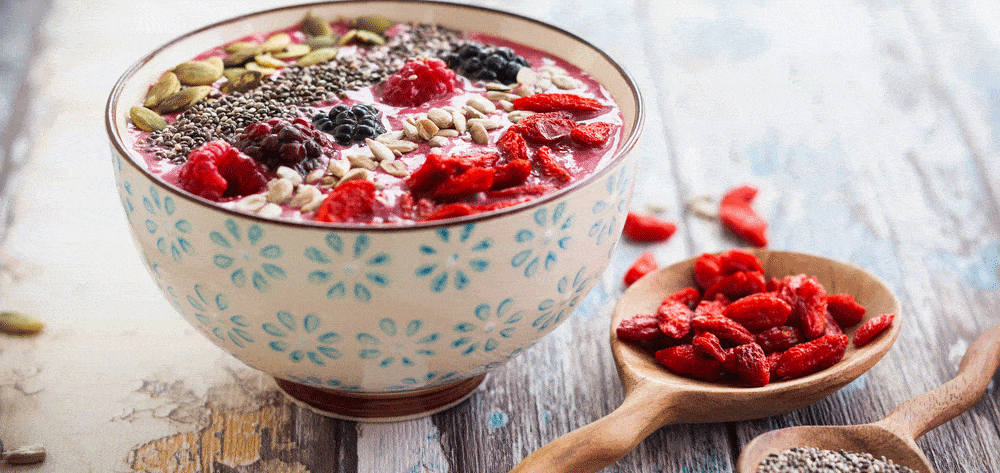All About Dietary Fiber
1. December, 2019

Lifestyle
Eat more fiber. You’ve probably heard it before. But do you know why fiber is so good for your health?
Dietary fiber — found mainly in fruits, vegetables, whole grains and legumes — is probably best known for its ability to prevent or relieve constipation. But foods containing fiber can provide other health benefits as well, such as helping to maintain a healthy weight and lowering your risk of diabetes. Selecting tasty foods that provide fiber isn’t difficult.
What is dietary fiber?
Unlike other food components, such as fats, proteins or carbohydrates — which your body breaks down and absorbs — fiber isn’t digested by your body. Instead, it passes relatively intact through your stomach, small intestine and colon and out of your body. Fiber is commonly classified as soluble, which dissolves in water, or insoluble, which doesn’t dissolve.
Soluble fiber.
This type of fiber dissolves in water to form a gel-like material. It can help lower blood cholesterol and glucose levels. Soluble fiber is found in oats, peas, beans, apples, citrus fruits, carrots, barley and psyllium.
Insoluble fiber.
This type of fiber promotes the movement of material through your digestive system and increases stool bulk, so it can be of benefit to those who struggle with constipation or irregular stools. Whole-wheat flour, wheat bran, nuts, beans and vegetables, such as cauliflower, green beans and potatoes, are good sources of insoluble fiber.
The amount of soluble and insoluble fiber varies in different plant foods. To receive the greatest health benefit, eat a wide variety of high-fiber foods.
Benefits
Helps control blood sugar levels. In people with diabetes, fiber — particularly soluble fiber — can slow the absorption of sugar and help improve blood sugar levels. A healthy diet that includes insoluble fiber may also reduce the risk of developing type 2 diabetes.
High-fiber foods tend to be more filling than low-fiber foods, so you’re likely to eat less and stay satisfied longer. And high-fiber foods tend to take longer to eat and to be less “energy dense,” which means they have fewer calories for the same volume of food.
Prebiotics
Your digestive system is home to trillions of bacteria, both good and bad. Prebiotics are special plant fibers that help healthy bacteria grow in your gut. Prebiotics are carbs your body can’t digest. So they go to your lower digestive tract, where they act like fertilizers to help the healthy bacteria grow. Without prebiotics, good bacteria in your gut suffer.
In addition to feeding your good gut bacteria, prebiotics can:
Help you absorb calcium.
Change the rate at which foods cause spikes in blood sugar (the glycemic index).
Ferment foods faster, so they spend less time in your digestive system and you stay regulaar.
Keep the cells that line your gut healthy.
Your best fiber choices are whole-grain products, fruits, vegetables, beans, peas and other legumes, nuts and seeds.
Be More fiber rich products are chia seeds, hemp seeds, quinoa and all superfood mixes such as Be Smart, Be Beautiful, Be Fit, Be Active and Detox. Be More raw bars are good for some fiber.
Written by nutritionist Riin Reimer
References:
https://www.webmd.com/digestive-disorders/prebiotics-overview




